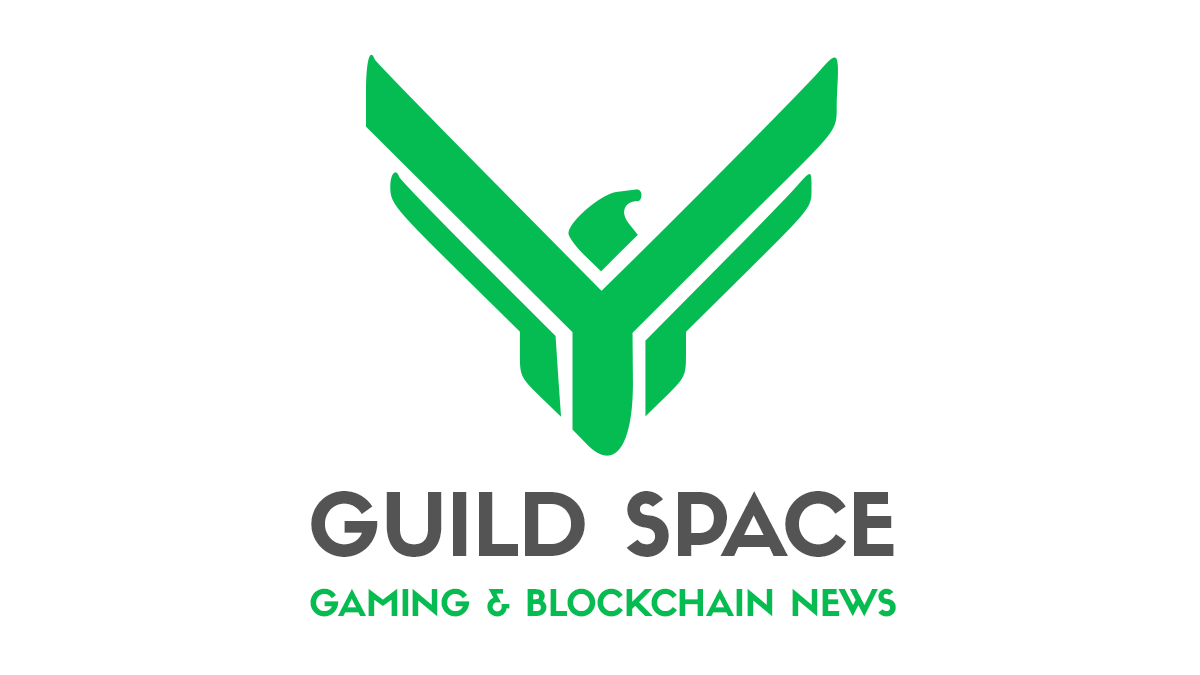Distributed Ledger Technology: Transforming Data Management and Transactions in a Decentralized World


Introduction
Distributed Ledger Technology (DLT) is a transformative innovation with the potential to reshape data management and transactions in various industries. By removing centralized authorities and intermediaries, DLT provides increased security, transparency, and efficiency. This article will explore the basics of DLT, its real-world applications, the challenges it faces, and the future opportunities it presents.
A Closer Look at Distributed Ledger Technology (DLT)
DLT refers to a decentralized database system that allows multiple parties to access, update, and maintain a jointly-held digital record of transactions. DLT operates on a peer-to-peer network where every node has a copy of the ledger. Any changes to the ledger need to be verified and approved through a consensus algorithm, ensuring the data is secure, accurate, and resistant to tampering.
DLT in Action: Key Use Cases
- Financial Services: DLT can streamline financial transactions, decrease operational expenses, and bolster security in various financial operations, such as cross-border payments, remittances, and securities trading.
- Supply Chain Management: DLT can be utilized to monitor the movement of goods and information through the supply chain, fostering transparency and preventing fraud.
- Government Services: DLT can be employed for digital identity creation, property registration, voting, and other government services, reducing bureaucracy and increasing efficiency.
- Healthcare: DLT enables the establishment of decentralized medical records, guaranteeing data security and privacy while allowing seamless information sharing between healthcare providers.
- Energy: DLT can be used to manage energy networks, implement smart grids, and facilitate efficient energy distribution and peer-to-peer energy trading.
- Intellectual Property: DLT can be applied to securely store and manage intellectual property assets, such as patents, trademarks, and copyrights, guaranteeing their protection and preventing unauthorized use.
Hurdles and Issues Facing DLT
- Scalability: One challenge with DLT is the difficulty in scaling since all nodes must process and store every transaction, potentially causing bottlenecks and slower transaction processing times.
- Privacy: Despite the transparency offered by DLT, it can generate privacy concerns for users as all transactions are visible, potentially leading to the development of privacy-enhancing technologies.
- Legislation: Regulators and legislative bodies need to adapt to the emerging technology and establish frameworks for DLT regulation to ensure its responsible and secure implementation.
- Energy Consumption: Depending on the consensus algorithm used, DLT can consume considerable amounts of energy, raising environmental concerns and requiring the development of more energy-efficient algorithms.
- Interoperability: With various DLT platforms emerging, standardization and interoperability between different systems are needed to enable seamless communication and data exchange.
Conclusion
Distributed ledgers are a game-changing technology that is transforming data management and transactions. They offer significant benefits for businesses, governments, and society, but also face several challenges that must be addressed. As DLT evolves and its drawbacks are mitigated, this technology holds the potential to form the backbone of new, more efficient, and secure systems across numerous economic sectors. By staying informed and understanding its potential, we can harness the power of DLT to create a more decentralized and equitable future.
Recent Posts
How to Manage an Online Community: Best Practices for Success
In today's digital age, online communities have become a pivotal aspect of brand building, marketing, and fostering user engagement. Proper…
The Future Smart Home: Automation, Energy Efficiency & Next-gen Technologies
Automation, Energy Efficiency, and Cutting-edge Technologies in Domestic Management. 1. Introduction In today's world, technology continues to become more integrated…
Building an Online Community: A Step-by-Step Guide
In today's digital age, online communities have become hubs for knowledge exchange, shared interests, and camaraderie. If you're thinking of…
Blockchain’s Revolution in Real Estate: Ushering in Transparency
Blockchain, originally known as the backbone technology of cryptocurrencies, holds potential far beyond the financial sector. One such area where…
Leveraging Graph Databases for Complex Data Structure Analysis: An Overview of Benefits and Application Methods
The contemporary data landscape is ever-expanding and becoming more intricate, and conventional analysis tools and methods often fall short in…
Leveraging Quantum Computers in Scientific Research: A Revolution in the World of Science
The emergence of the first working prototypes of quantum computers signaled a new era of scientific exploration. With a fundamentally…